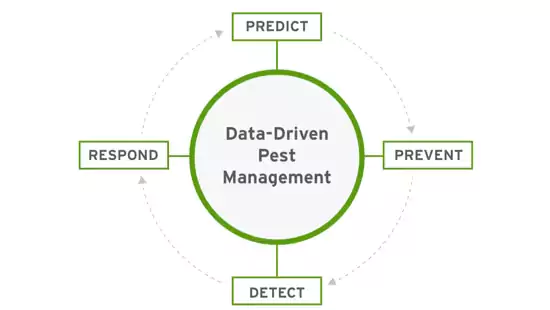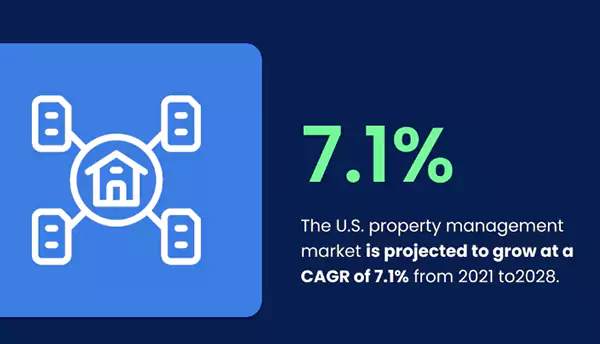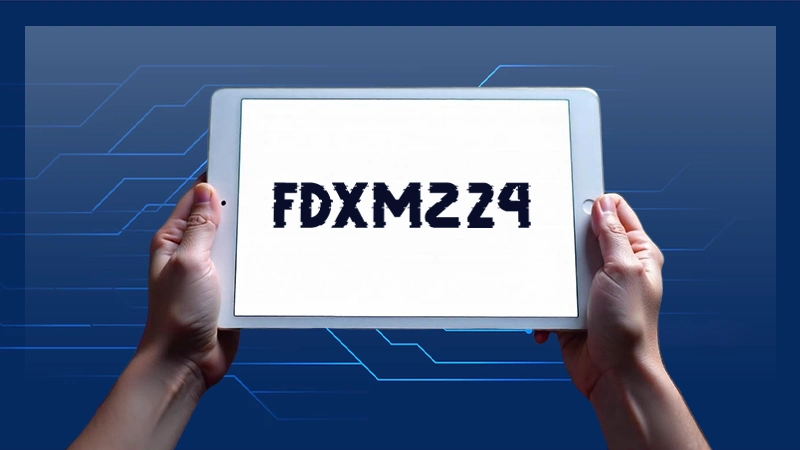Data-Driven Pest Control: How Analytics Can Improve Property Management
Leveraging the power of information has become a pivotal asset for optimizing operational efficiencies and ensuring the well-being of residents. One domain where data crunching is making a profound impact is pest control.
This article elaborates on how adopting a data-driven approach enhances property management, ultimately leading to safer and more habitable living environments.
Understanding Data-Driven Pest Control
It refers to the utilization of information collection and analysis to make informed decisions regarding pest management strategies.
Analyzing patterns, predicting infestations, and monitoring their effectiveness help property managers devise more efficient and proactive plans to tackle virus issues.
This modern approach transcends the traditional reactive methods, heralding a new era of preventive pest management for apartments and residential buildings.

Benefits of Data-Driven Pest Control
Proactive Prevention:
Employing analytics allows for the identification of pest-prone areas and the factors contributing to infestations. This proactive approach aids in preventing these issues before they escalate, thereby maintaining a healthy living environment.
Resource Optimization:
Through accurate data analysis, real estate agents can allocate resources more efficiently.
This includes optimizing the deployment of virus control personnel and the application of treatment measures, ensuring that efforts are directed where they are needed most.
Cost Efficiency:
A data-driven approach promotes cost savings by reducing the necessity for extensive pesticide use and minimizing the damage caused by the infestations. Over time, this results in significant financial savings for property administration operations.
Improved Decision Making:
Analytics provide insights that inform better decision-making. With a clearer understanding of its behavior and infestation patterns, land dealers can make well-informed choices that yield better results.
Predictive Analytics in Pest Control
One of the cutting-edge technologies that it leverages is predictive analytics. It utilizes statistical algorithms and machine learning techniques to identify the likelihood of future outcomes based on historical information.
In the realm of pest control, this is a game-changer.
Early Detection:
Predictive models can process vast amounts of data to identify early signs of nuance infestations, even before they become apparent to the human eye.
This early detection is vital for taking swift action to prevent the spread of any infestation.
Predicting Infestation Patterns:
Analyzing past infestation figures guides it to forecast potential future infestations, allowing property managers to take preventive measures in advance.
Resource Allocation:
Predictive analytics helps in forecasting the number of resources that will be required to tackle pest infestations, ensuring that real estate agents are well-prepared and resourceful in mitigating challenges related to it.
Leveraging Technology for Data Analytics
Integration of Sensors and IoT:
The integration of sensors and Internet of Things (IoT) devices facilitates real-time monitoring of its activities. These technologies provide a stream of information that, when analyzed, offers valuable insights into its behavior and infestation trends.
Utilising Pest Control Software:
Modern pest control software solutions come equipped with analytics tools that can process large volumes of data to yield actionable insights.
These platforms can track and analyze various metrics, enabling real-estate managers to evaluate the effectiveness of their strategies and make necessary adjustments.
Mobile Applications:
The advent of mobile applications in nuisance control has ushered in a new era of convenience and real-time monitoring for property managers.
These applications provide on-the-go details access, allowing them to have pertinent information at their fingertips no matter where they are.
Adoption of Artificial Intelligence (AI) and Machine Learning (ML):
The utilization of AI and ML in its analytics is revolutionary. Applying machine learning algorithms to the amassed figures helps land dealers predict potential infestations and ascertain the most effective regulating measures.
Over time, the system becomes smarter and more efficient, making pest control governance less cumbersome and more precise.

Compliance and Reporting
Enhanced Compliance Monitoring:
It aids in monitoring compliance with regulations, thus ensuring that estate management operations adhere to the requisite standards.
Automating compliance monitoring guides property managers to alleviate the risks of regulatory infractions.
Streamlined Reporting:
Utilizing data crunching simplifies the process of generating reports for regulatory bodies.
Automated reporting tools can compile comprehensive reports detailing pest regulating measures, outcomes, and compliance status, thereby reducing the administrative burden on property management staff.
Case Studies on Data-Driven Pest Control
Several of these entities have successfully transitioned to data-driven pest control, reaping substantial benefits.
These case studies exemplify how the amalgamation of technology and information crunching results in enhanced administered measures, ensuring a high standard of living for residents while adhering to regulatory compliance.
Conclusion
The infusion of information analytics in pest handling operations is a game-changer for the property management sector. It not only empowers property managers with actionable insights but also facilitates a proactive approach towards any nuisance control.
This paradigm shift towards a data-driven model accentuates the essence of preventive administration, which is instrumental in fostering healthy and safe living environments.
As the realm of property management continues to evolve, embracing data analytics in pest control is not merely an option, but a requisite for ensuring the highest standards of service delivery and regulatory compliance.









